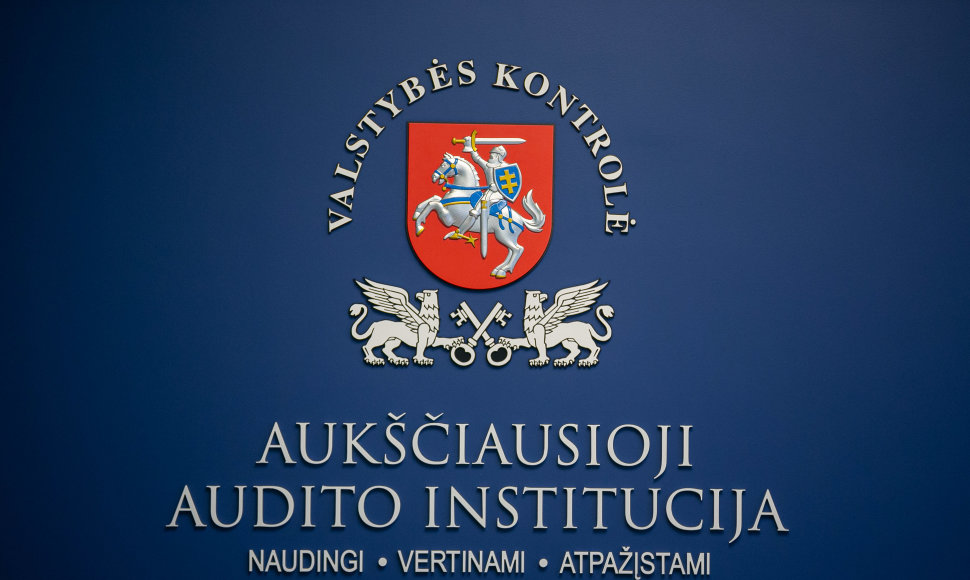Every person has the right to safe and healthy working conditions and correct payment for work. Undeclared work is distorting the labour market, as it does not ensure social guarantees to workers and income in old age. Last year, the SLI identified 2.1 thousand illegally employed persons. The situation where employers do not ensure safe working conditions increases the risk of incidents and even fatal accidents at work. According to the latest available data, by the number of fatal accidents at work per 100 thousand persons employed, Lithuania occupied the penultimate place in the EU. In 2018, 126 serious and 37 fatal accidents were recorded taking place in the workplace.
“In order to prevent accidents at work and to legalise labour relations, greater attention should be paid to general prevention in order to change the attitudes of society and promote intolerance towards unsafe and illegal work. Otherwise, our country’s indicators in these areas will not improve,” says Rasa Kudžmienė, Director of Public Welfare Audit Department.
According to the audit carried out by the NAOL, the SLI performs a lot of checks – in 2018 alone, around 9.5 entities and objects were inspected, of which 80% were subject to inspections in the area of illegal employment. The auditors estimated that their effectiveness represented 28.6%. For instance, the information system of the Belgian counterpart selects 5% of the most risky entities, and the effectiveness of illegal work inspections represents 90%. The SLI’s information system selects a much larger number of items for the planned general safety and health checks than the resources available to implement them. It is therefore up to the heads of the territorial units or the inspectors themselves to decide where to carry out checks. This raises the risk of a conflict between public and private interests.
The audit results show that the SLI has engaged in change and has taken measures to improve the consultation of the public on health and safety at work and on legal employment, however the impact of the prevention measures in place should be assessed and the most effective measures chosen.
The introduction of the measurement of the impact of controls and preventive measures, will allow the SLI to receive the information needed to concentrate resources where they are best used, the increased focus on prevention will contribute to the decreasing number of infringements, the data based risk assessment will allow for the selection of fewer entities for inspections, which will be better targeted.












